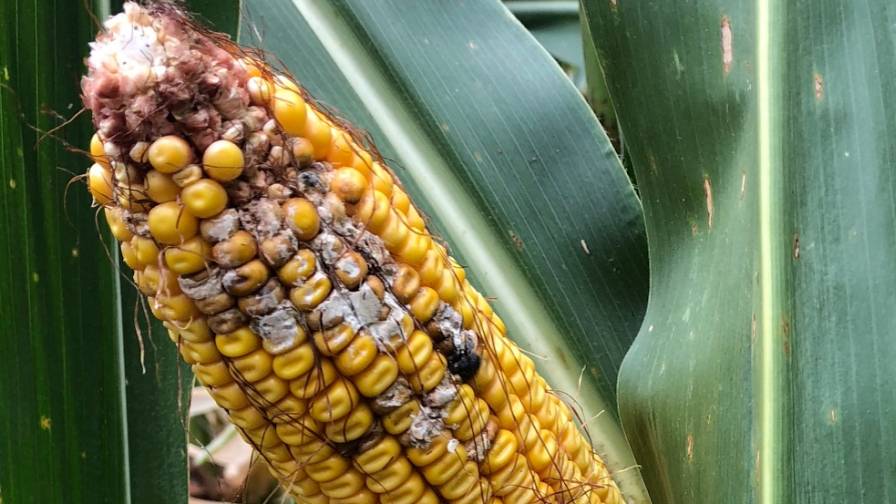Why Is Phosphorus Unavailable in the Soil?
When talking to growers about phosphorus applications is it important to set their expectations, according to CHS Agronomy. It’s important for them to know that even when fertilizer is applied in the best conditions, only 20% of phosphate fertilizer is available for plant use.
This leaves an estimated 7.5 billion pounds out of 9.4 billion of applied phosphorus fixed in the soil annually. With only one out of six growers using a phosphorus efficiency product to help maximize that fertilizer uptake, there is a significant opportunity for both retailers and their growers to increase their yields and ROI for their business by unlocking phosphorus in the soil.
When negatively charged phosphorus binds with positively charged soil components, such as micronutrients, it becomes unavailable to plants and growers can see crop yields decrease.
One way to keep phosphorus in a plant-available state is to prevent it from binding to micronutrients in the soil. By using chelation, CHS Agronomy discovered that they could overcome the ionic bonds in the soil to free the micronutrients from the phosphorus. The effects of chelation also keep the nutrient application in a plant-useable form.
A chelate is the chemical complex that occurs between a metal ion and a ligand, otherwise known as an ion attached to a metal atom, that results in the solubilization of the metal salt. Plants need all of their nutrients in soluble form because they can only absorb liquids. The chelates help keep those nutrients in a soluble, plant-accessible state.
There are many types and structures of chelates that are naturally evolved in both plants and animals, or that are synthetically produced. Some of the more popular forms include citric acid and EDTA. One of the most stable chelates available is the ortho-ortho EDDHA chelate.





